The old White Hart in Market Square dated from Tudor times. It was rebuilt in 1814 and survived until it made way for the Corn Exchange, in 1864. John Kersley Fowler then opened a ‘New White Hart’ in Exchange Street, run by Henry Turnham (last recorded in 1911).
Text about the history of The White Hart.

The text reads: The original White Hart Inn was situated in the Market Square and dated back to Tudor times. It was rebuilt in 1814 but later demolished, around 1864, to make way for the Corn Exchange. During the 1860s the Aylesbury Market Company built a cattle market in the town centre. The market closed in 1987 and was demolished in 1988. It is on this land that the current White Hart was built.
Aylesbury itself is an old town, with excavations in 1985, discovering an Iron Age Hillfort dating from around 650BC. The town was established around the Roman “Akeman Street” and surrounded by the fertile Vale of Aylesbury, which crosses the whole of Buckinghamshire. At the time of the Norman Conquest the King took the Manor of Aylesbury for himself and it is listed as a Royal Manor in the Doomsday book of 1086.
In 1529 King Henry VIII declared Aylesbury the County Town of Buckinghamshire, rather than Buckingham. This was possibly to carry favour with Thomas Boleyn, Anne Boleyn’s father, who owned the Manor of Aylesbury at the time.
John Hampden, who lived locally at Great Hampden near Aylesbury, played a key role in Parliamentary opposition to Charles I. He was sent to trial for his refusal to pay “ship money”, one of the King’s extraordinary taxes raised without Parliamentary approval. Hampden was killed early in the Civil War in 1643 but is something of a local hero, his silhouette is on the emblem used by Aylesbury Vale District Council and his statue stands prominently in the town centre. The town played a large part in the English Civil War when it became a stronghold for the Parliamentarian forces. On the 1 November 1642, Royalist forces, under the command of Prince Rupert engaged Aylesbury’s Parliamentarian garrison, at Holman’s Bridge, a few miles to the north of Aylesbury town. The Parliamentarian forces were victorious, despite being heavily outnumbered.
The town’s heraldic crest is the Aylesbury duck, which has been bred here since the birth of the Industrial Revolution. The ducks were walked to the markets in London, stopping at night at inns which provided large enclosed yards for the birds. Each morning the feet of the birds were given some protection by driving them across a shallow ditch filled with cold tarry solution, which made their feet sticky, then through sawdust which adhered to their feet. In 1839 the introduction of a railway connection made transport easier and the trade flourished, however by the middle of the century duck rearing in the town began to decline.
The town also received international publicity in the 1960s when the culprits responsible for the Great Train Robbery were tried at Aylesbury Crown Court. The robbery took place at Bridego Bridge, a railway bridge at Ledburn, Buckinghamshire, approximately six miles from Aylesbury.
A photograph and text about the Aylesbury Duck industry.
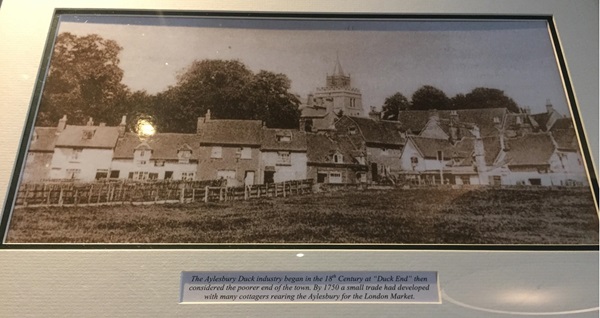
The text reads: The Aylesbury Duck industry began in the 18th century at ‘Duck End’ then considered the poorer end of the town. By 1750 a small trade had developed with many cottages rearing the Aylesbury for the London Market.
An illustration showing Aylesbury coaching routes.
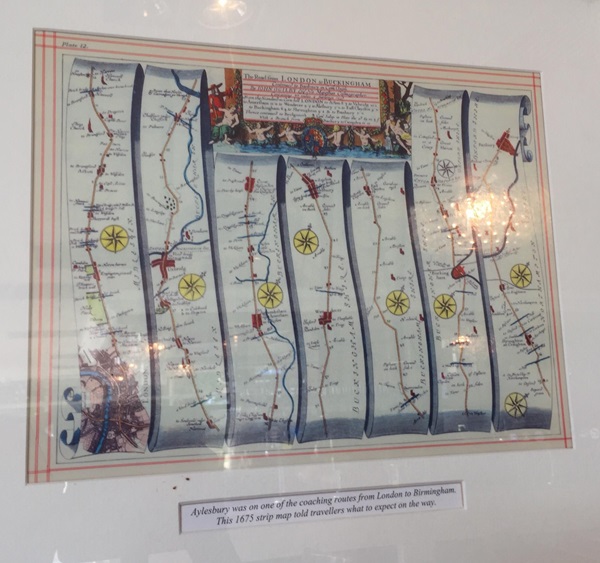
A photograph and text about Winston Churchill.
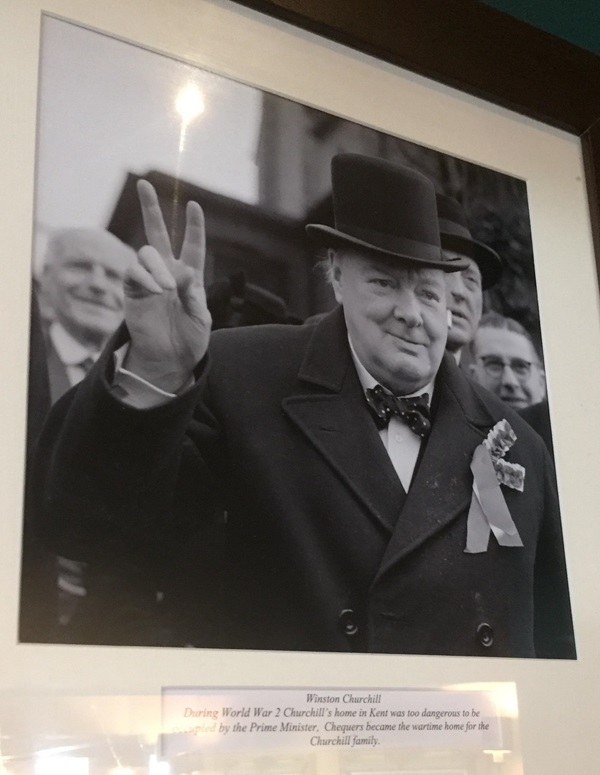
The text reads: During World War 2 Churchill’s home in Kent was too dangerous to be occupied by the prime minister, Chequers became the wartime home for the Churchill family.
A photograph and text about the Milk Factory, Aylesbury, 1897.
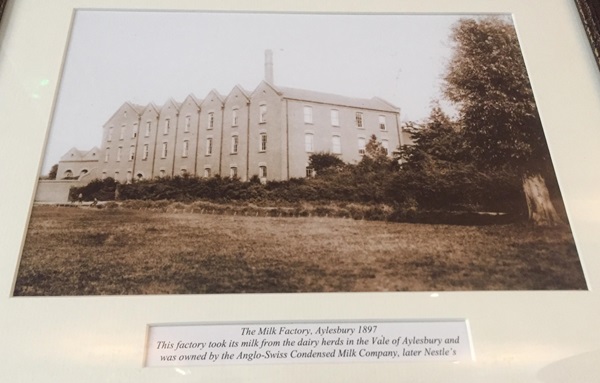
The text reads: This factory took its milk from the dairy herds in the Vale of Aylesbury and was owned by the Anglo-Swiss Condensed Milk Company, later Nestlé’s.
An illustration and text about John Hampden.
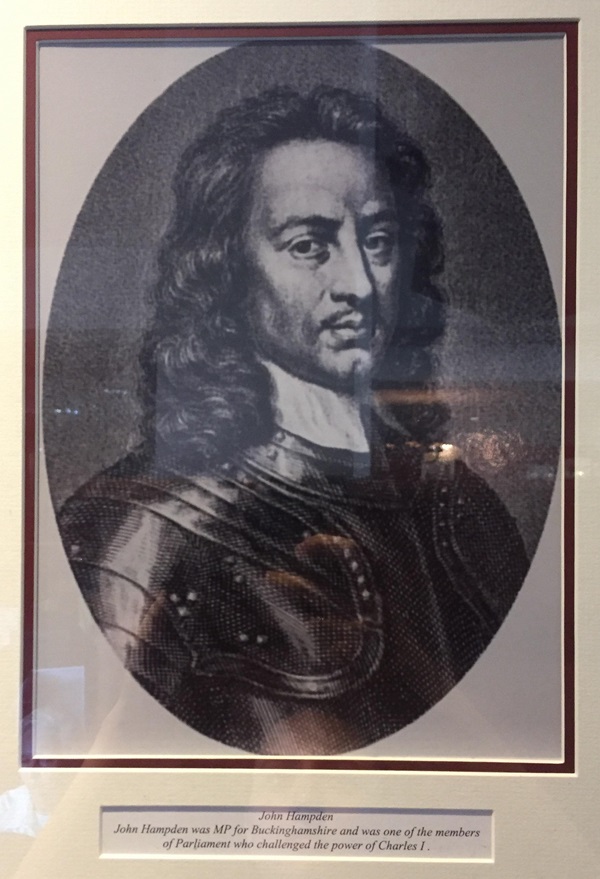
The text reads: John Hampden was MP for Buckinghamshire and was one of the members of Parliament who challenged the power of Charles I.
A photograph showing a typical harvest scene.
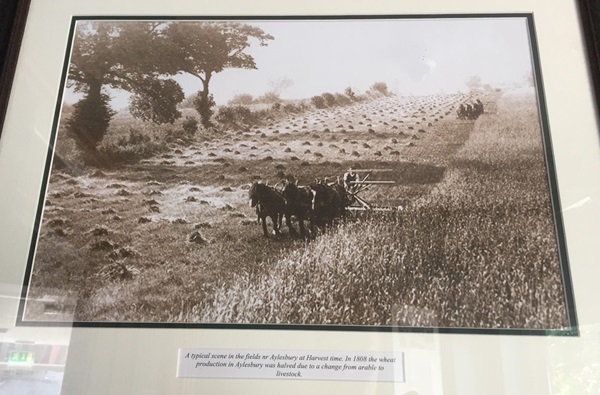
In 1808 the wheat production in Aylesbury was halved due to a change from arable to livestock.
A photograph of the John Hampden Memorial statue, which was erected in 1911 in his honour.
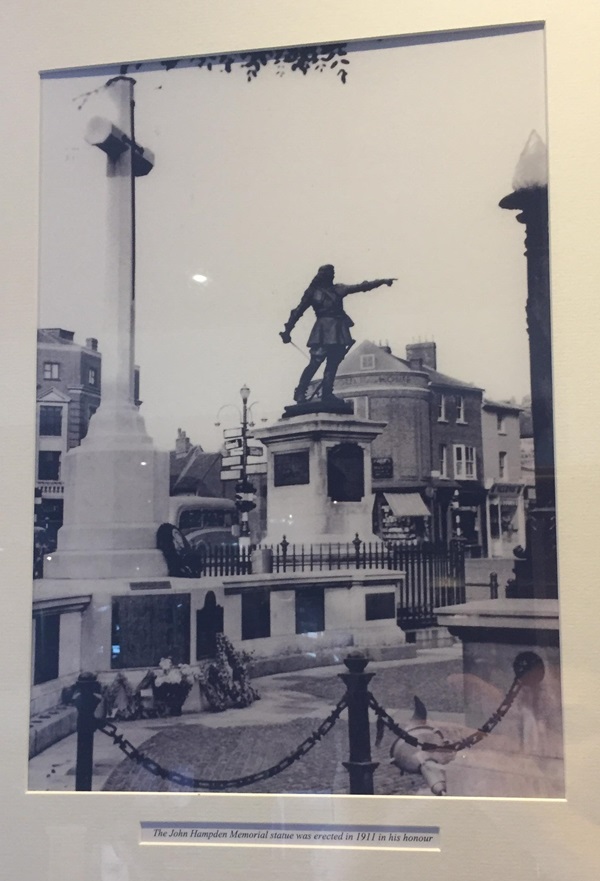
A photograph and text about lace-making.
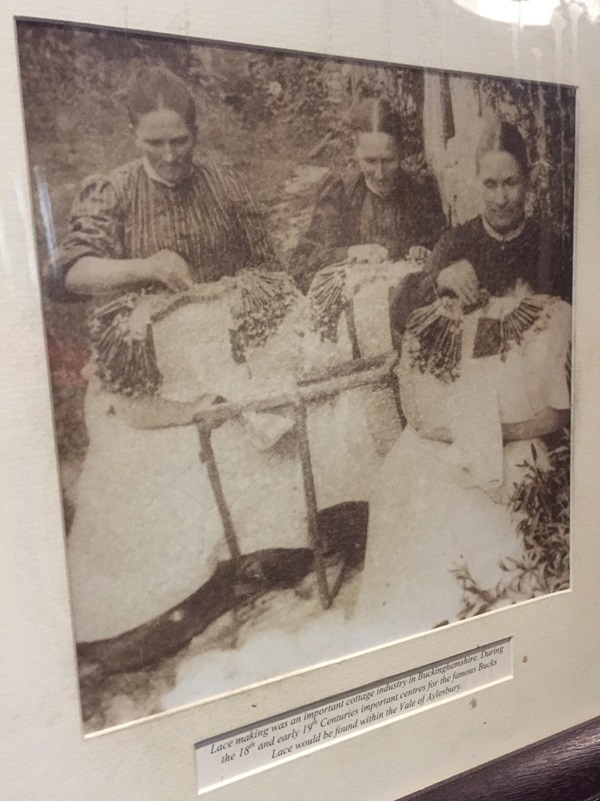
The text reads: Lace-making was an important cottage industry in Buckinghamshire. During the 18th and early 19th centuries important centres for the famous Bucks Lace would be found within the Vale of Aylesbury.
External photograph of the building – main entrance.
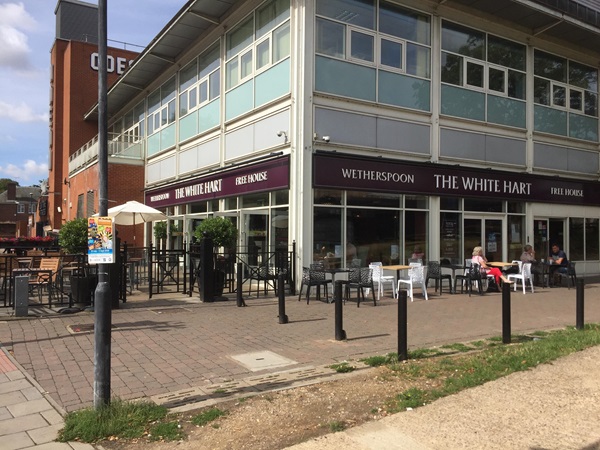
If you have information on the history of this pub, then we’d like you to share it with us. Please e-mail all information to: pubhistories@jdwetherspoon.co.uk